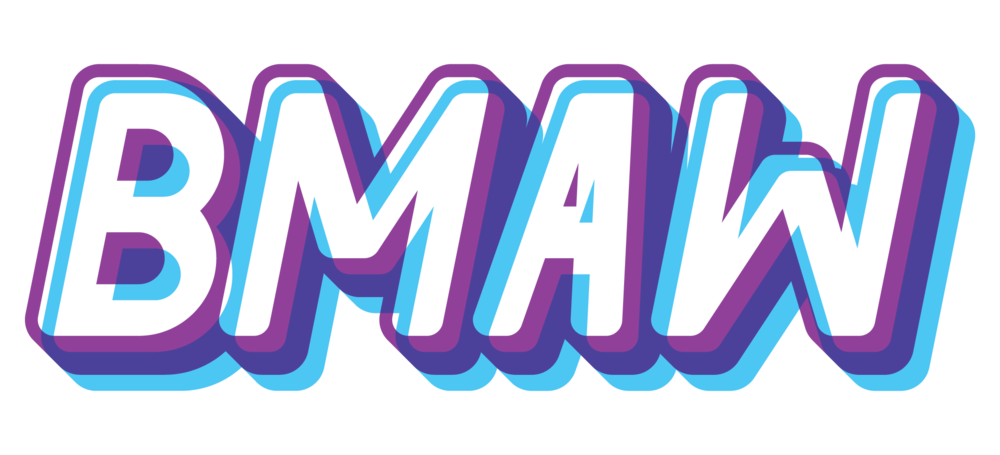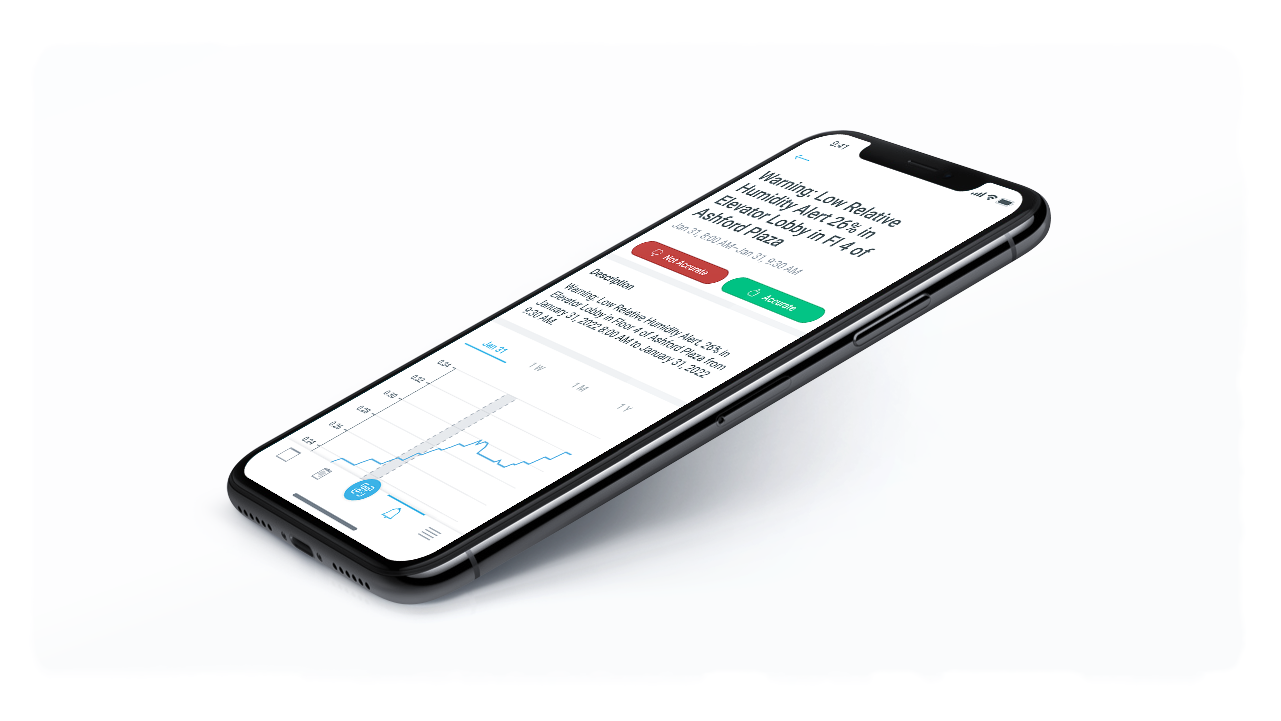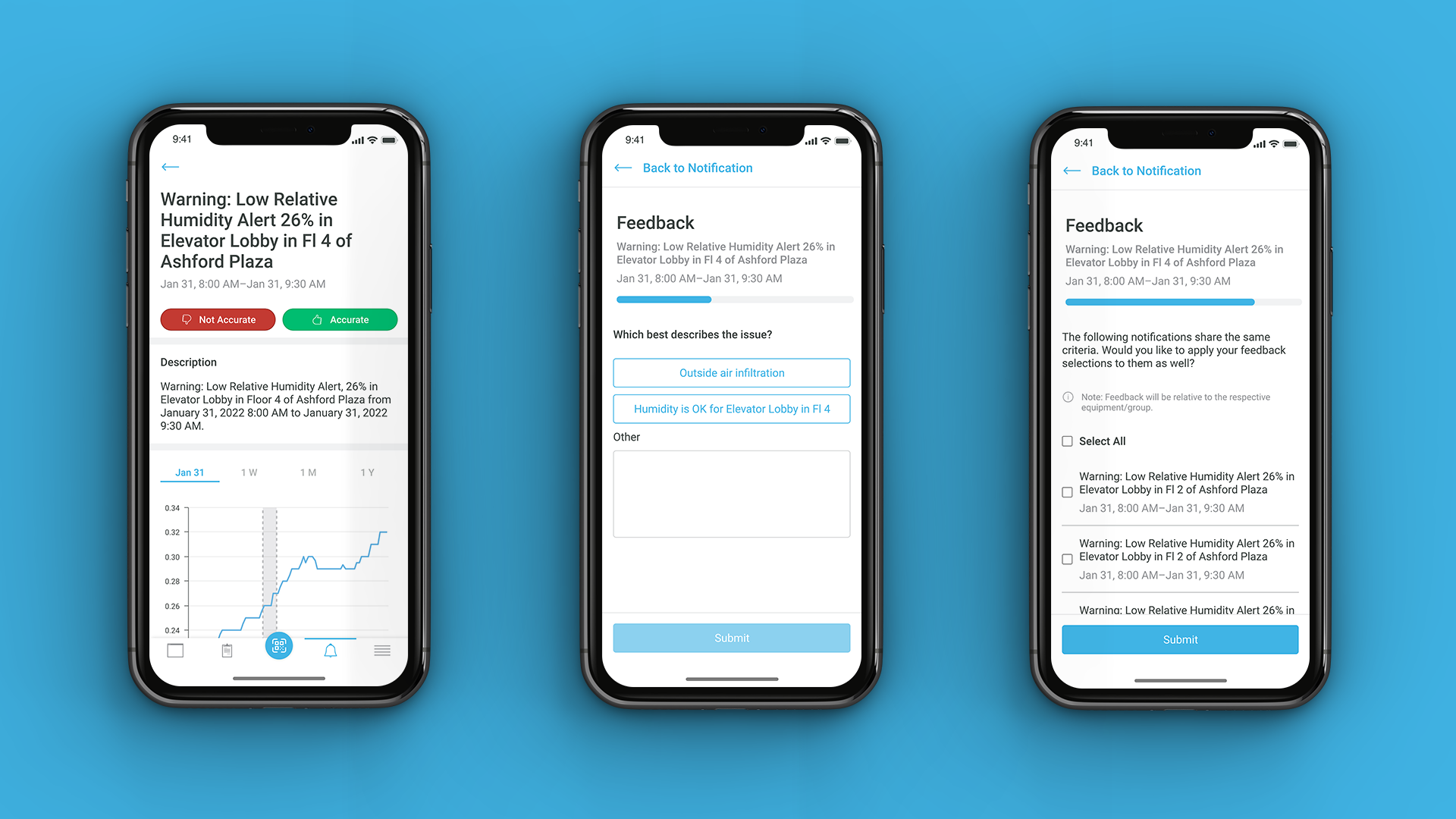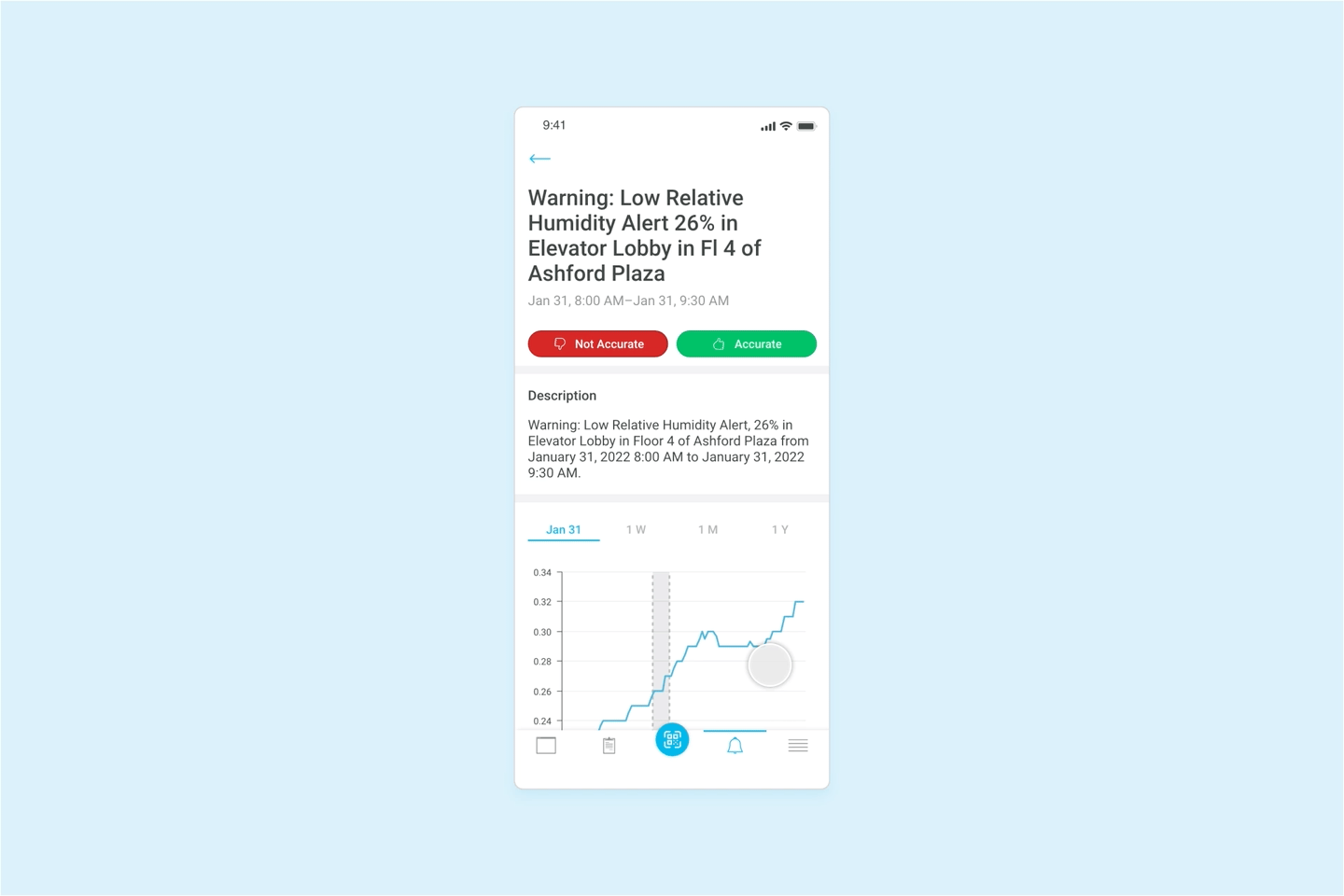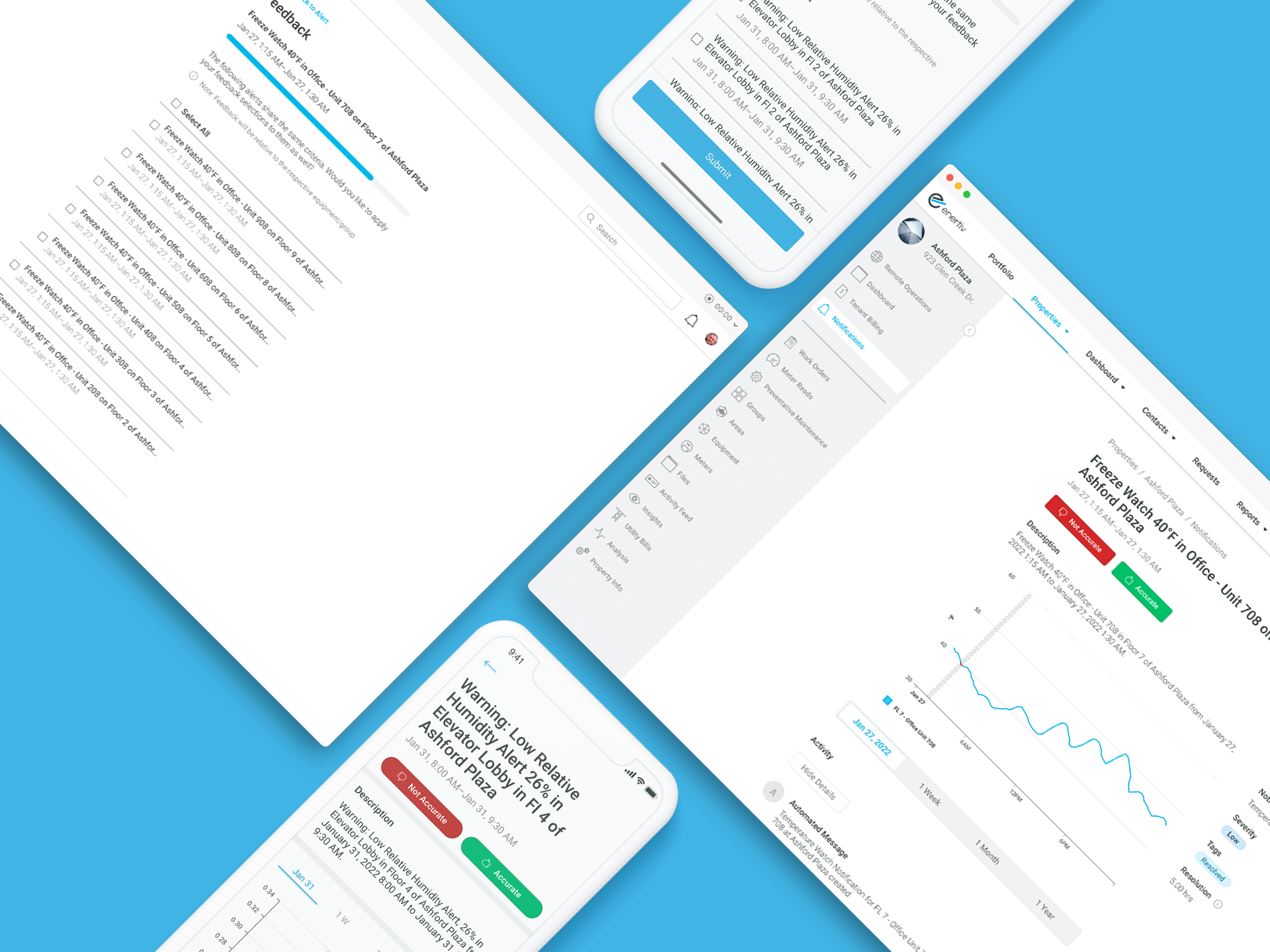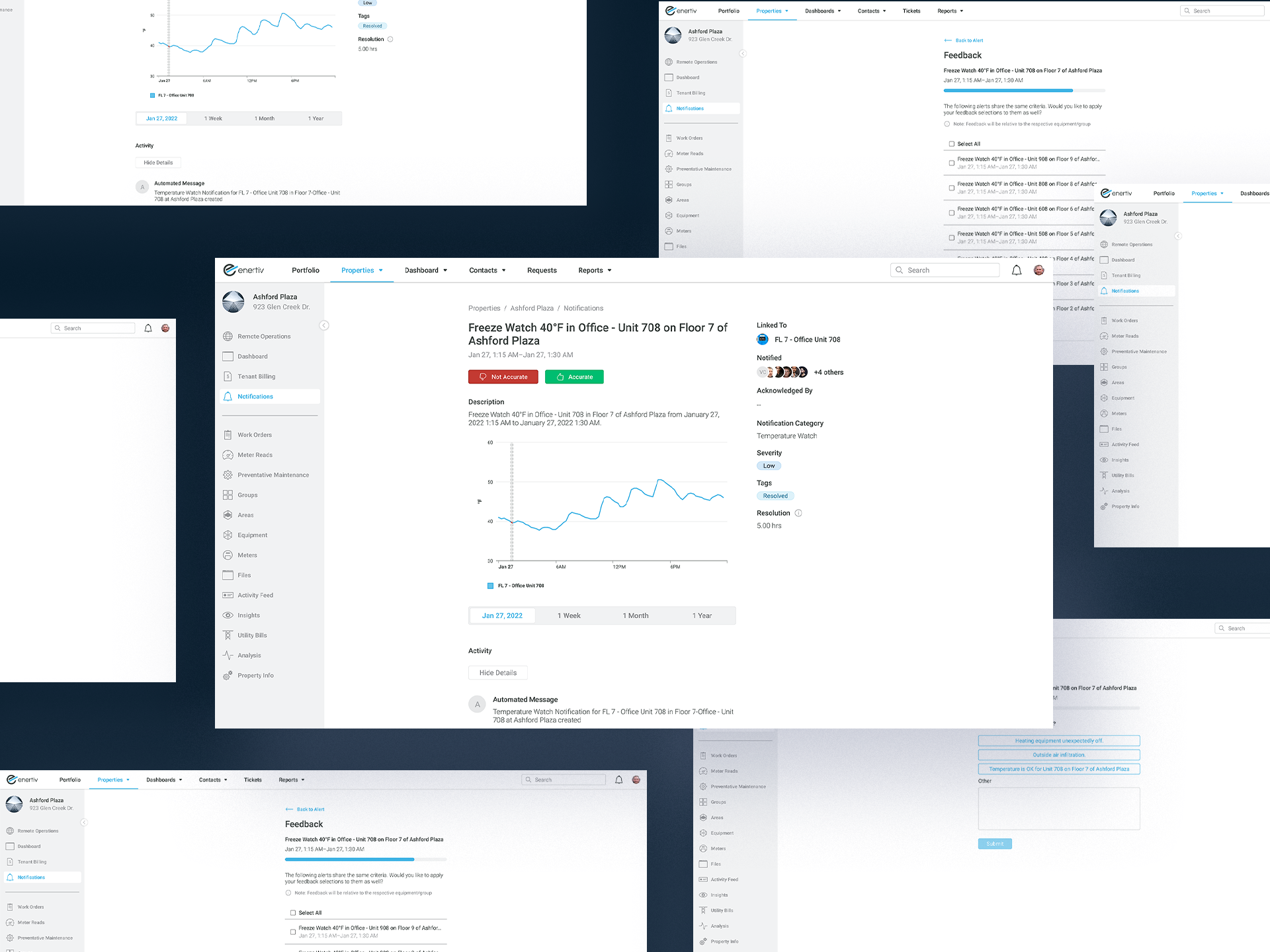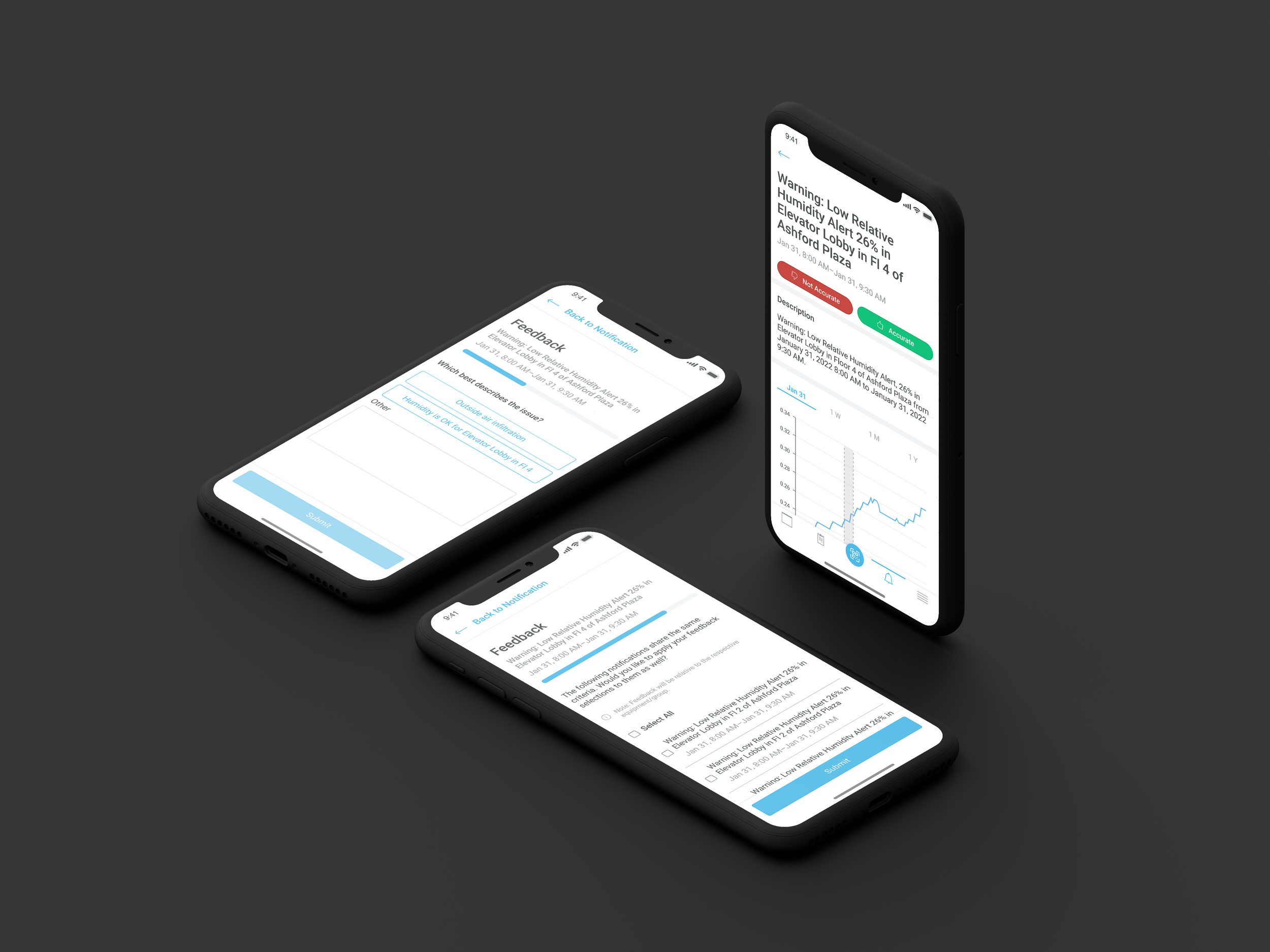Batch Acknowledge Notifications
Role
Product Designer + Product Manager
When
Jan 2019–Mar 2019
Platform
Web + Mobile
Background
At Enertiv, we utilize sensor-collected equipment data to trigger notifications. Our algorithms, designed for various pieces of equipment such as elevators, HVAC systems, and pumps, have been created to identify deviations from normal behavior. To continually improve our algorithms and better cater to the needs of property management teams, we solicit user feedback on these notifications.
Problem
Users are being inundated with a high volume of equipment/environmental notifications. Many of these share similar qualities such as type (Lighting Schedule, HVAC Schedule, etc). Our notifications are used to feed our algorithm which is driven by user acknowledgement to improve accuracy and effectiveness. The goal of batch acknowledgement is to reduce the volume and increase user acknowledgement.
Usability Study
I set up one-on-one interviews with users that had expressed their frustrations around the volume of notifications with Client Success. Through these interviews, I was able to get specific examples of notifications and reasonings as to why there could be a potential for consolidation of them, whether by email or acknowledgement.
Key Finding
The desire for a feature to acknowledge and group similar notifications, such as lights being left on due to seasonal factors, reduces the clutter and overwhelming volume of notifications.
Pain Points
Not a lot of time to spend acknowledging notifications
High amount of notifications for users to acknowledge individually
Users would get individual emails of the same type at the same time
Sketches
Result
25%
Increase in User Engagement
56%
Increase in Acknowledged Notifications
Collaborating with the back-end development team, we developed a solution to link similar notifications based on type (e.g. lighting schedule) and time. This innovation enables us to group similar notifications, and empowers users to apply feedback to a selected group, avoiding repetitive processes for our users.
